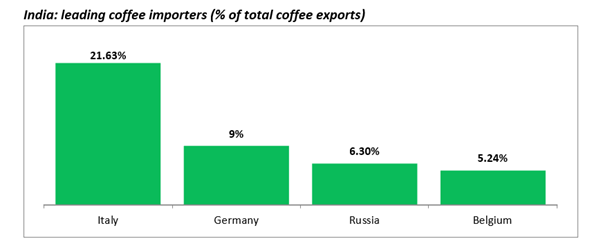Free Courses Sale ends Soon, Get It Now


Free Courses Sale ends Soon, Get It Now



Disclaimer: Copyright infringement not intended.
Context
Coffee Act, 1942
The origin of the Coffee Act, 1942
The pooling system introduced by Coffee Act
The changes since 1991 liberalization
The new proposed amendments
Coffee and India



International Coffee Organization
© 2024 iasgyan. All right reserved